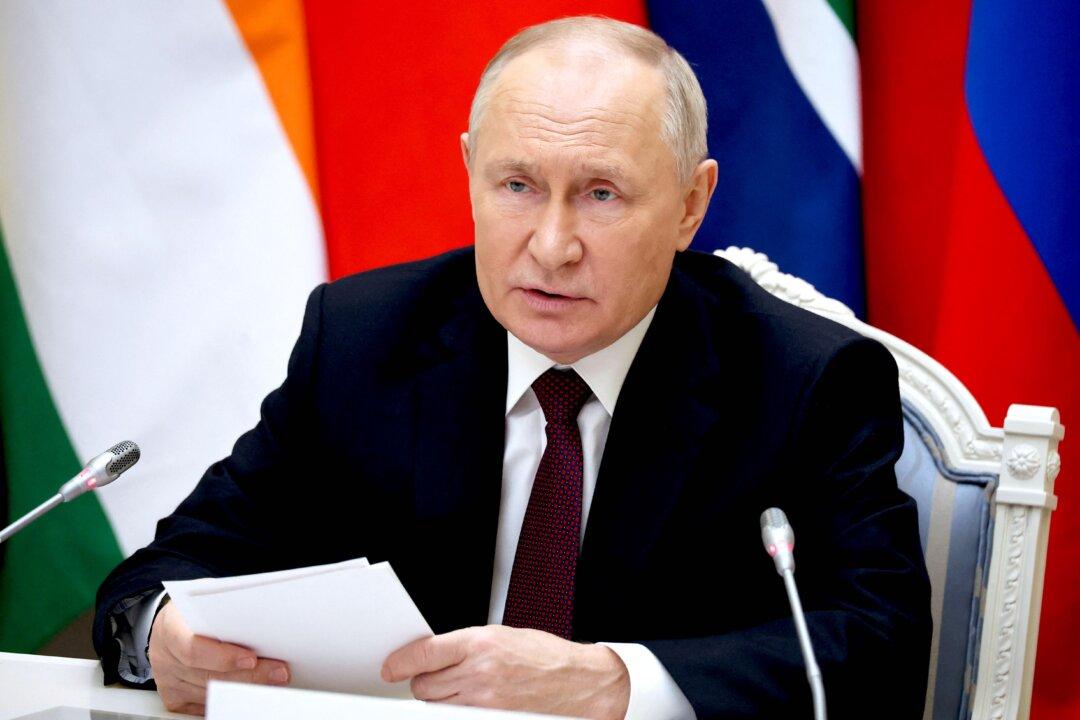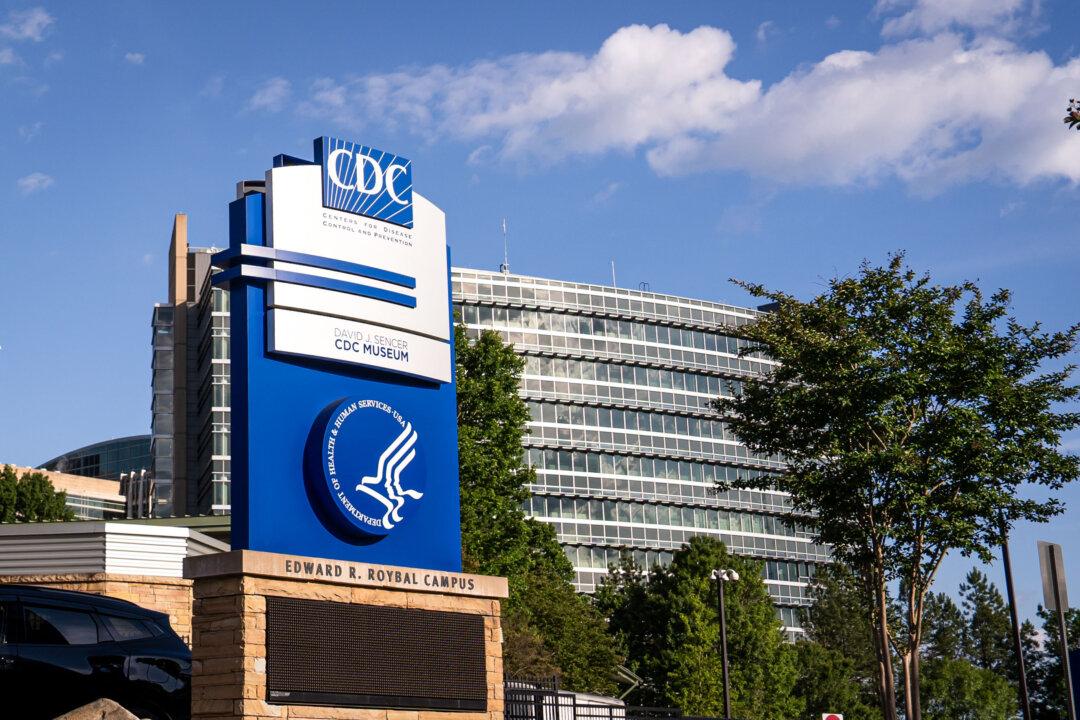Representatives from about 40 countries will be participating in discussions on mounting tensions in the Middle East on the last day of the 16th annual BRICS Summit in Kazan, Russia.
Originally a geopolitical bloc, founders Brazil, Russia, India, and China (BRIC), met for the first formal summit in 2009 in Yekaterinburg, Russia. South Africa joined in 2010, making it BRICS. The organization has since expanded to welcome Egypt, Ethiopia, Iran, Saudi Arabia, and the United Arab Emirates.





